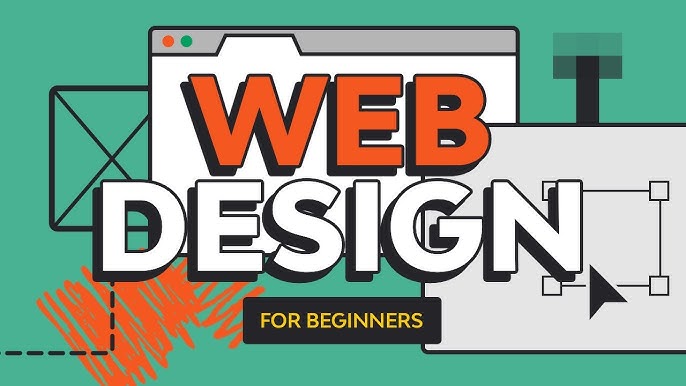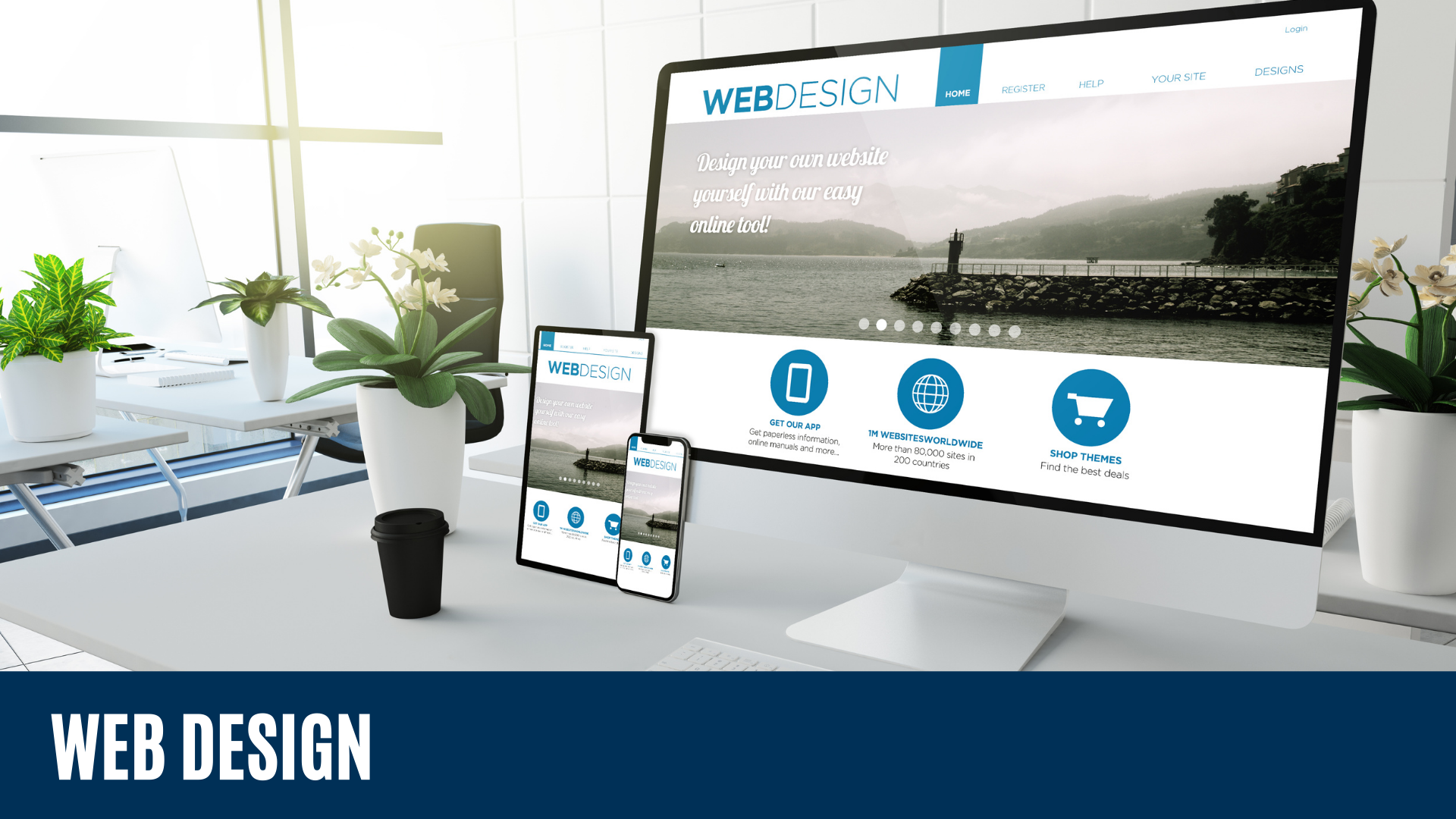Just How to Utilize Internet Design Principles to Increase Your Website's Interaction
In the competitive electronic landscape, the ability to astound and keep site visitors rests on applying effective internet design principles. Focusing on a smooth user experience while making sure ease of access can substantially increase involvement. This involves refining navigating structures for intuitive browsing, optimizing sites for mobile responsiveness, and utilizing aesthetically engaging aspects. The tactical use of shade and typography additional enhances the user's journey, producing a welcoming and interactive atmosphere. As we check out these concepts additionally, consider exactly how each element can change a passive check out right into an engaging interaction, opening the potential to elevate your website's influence.
Enhancing Navigation Structure
A well-structured navigation system is crucial for maximizing customer involvement and ensuring a seamless surfing experience. It acts as the backbone of any kind of website, leading customers with material effectively while lowering the cognitive tons connected with finding information. Efficient navigating layout is not merely regarding aesthetics but involves a tactical plan of aspects that promote access and convenience of usage.
To improve navigating framework, one must focus on simplicity and clearness. A messy food selection can bewilder customers, possibly driving them away. Classifying material into logical and intuitive groups makes certain individuals find what they are seeking with marginal initiative. Executing a constant navigating plan throughout all pages promotes familiarity and motivates long term communication.

Enhancing Mobile Responsiveness
With the raising occurrence of smart phones, optimizing mobile responsiveness is crucial for keeping user interaction and satisfaction. As even more customers accessibility sites through smart devices and tablet computers, guaranteeing your site is mobile-friendly is not just useful-- it's vital. A responsive style instantly readjusts its design and material to fit any type of screen size, giving an optimal viewing experience throughout devices. This flexibility reduces the need for zooming or horizontal scrolling, enhancing functionality and keeping customers on your site much longer.
To attain mobile responsiveness, beginning by using versatile grids and layouts. Use CSS media inquiries to ensure style elements adjust to different screen dimensions. Prioritize touch-friendly navigation by enlarging buttons and spacing web links appropriately, decreasing accidental clicks. Furthermore, take into consideration enhancing media and images to minimize tons times, which can significantly affect user retention on mobile systems.
Consistently testing your site on numerous gadgets and web browsers aids determine prospective concerns and fine-tune customer experience. By prioritizing mobile responsiveness, you cater to a broader target market, ultimately improving interaction and driving site success.
Crafting Compelling Visuals
Fascinating visuals are the foundation of involving website design, flawlessly attracting customers into the site's story and boosting their general experience. They give a prompt aesthetic influence that interacts the brand name's identification and message, promoting a link between the customer and the content. To accomplish this, visuals must be attentively crafted and purposefully positioned to direct users' interest without frustrating them.
High-quality pictures and graphics must be utilized to create an aesthetically appealing atmosphere that encourages expedition. This entails picking visuals that are not only aesthetically pleasing yet additionally appropriate to the content, guaranteeing they include value instead of serve as plain decor. Incorporating personalized images or infographics can also boost understanding, as they simplify intricate details and make it much more absorbable.
In addition, the integration of multimedia elements such as videos and animations can even more improve the customer experience. By focusing on compelling visuals, web developers can significantly raise customer engagement, ultimately leading to higher retention and conversion rates.
Using Strategic Shade Usage
Integrating Discover More color tactically is a basic aspect of web style that enhances compelling visuals in captivating individuals. Shade not just boosts appearances but likewise plays a vital role in guiding customer habits, establishing brand identification, and evoking psychological responses. By recognizing color concept and psychology, web designers can develop a harmonious and engaging customer experience that preserves visitor passion.
To make use of shade successfully, take into consideration the emotional influence each tone might share. For example, blue often stands for trust fund and stability, making it ideal for business or economic web sites. On the other hand, red can evoke urgency or excitement, ideal for sales or marketing material. Consistency in color schemes throughout a site helps solidify brand name recognition and individual familiarity.
Contrast is one more important consideration. High comparison between background and message colors enhances readability and accessibility, making certain that material is quickly digestible for all individuals. Accent colors can be strategically utilized to attract attention to crucial components such as call-to-action buttons or crucial notifications, improving user interaction and conversion prices.
Ultimately, a well-balanced color method not just improves aesthetic appeal yet additionally substantially adds to a site's general engagement, leading individuals with ease via their online journey.
Improving Typography Selections
Typography works as the foundation of internet style, greatly influencing individual interaction and the general aesthetic of a site. Effective typography enhances readability and fosters a seamless customer experience, urging site visitors to check out web content better. To optimize typography her explanation choices, web developers should consider variables such as font selection, dimension, line spacing, and color contrast.
Sans-serif font styles such as Arial and Helvetica offer modern clarity, while serif typefaces like Times New Roman communicate conventional professionalism and trust. Integrating font designs can create aesthetic hierarchy, guiding customers' interest to crucial information.
Font size and line spacing also play a crucial role in readability. Usually, a minimum font dimension of 16 pixels is suggested for body text to guarantee convenience of reviewing throughout devices. Sufficient line spacing, generally 1.5 times the typeface dimension, protects against text from showing up confined.
Last but not least, shade comparison between message and history is basic for access. Devices like the Web Content Availability Guidelines can assist verify that contrast levels fulfill recommended requirements, guaranteeing web content is available to all customers.
Final Thought

As more customers gain access to websites by means of smartphones and tablets, ensuring your site is mobile-friendly is not simply useful-- it's necessary. Routinely evaluating your website on numerous devices and browsers assists determine possible concerns and refine user experience.Exciting visuals are the keystone of engaging web style, seamlessly drawing individuals right into the website's story and boosting their overall experience.Typography serves as the backbone of web design, exceptionally influencing user engagement and the general aesthetic of a site.Incorporating effective web design principles substantially enhances website visit homepage interaction by concentrating on individual experience and availability.